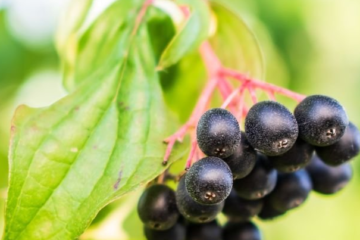Discover the Delight of Watercress: A Forager’s Treasure
As the cooler months approach, one of the most enjoyable wild edibles to forage is watercress (Nasturtium officinale). This flavorful green is often found in slow-moving streams and freshwater springs, making it a refreshing addition to your foraging adventures in November. In this blog, I’ll share where to find it, how to identify its edible parts, and some delicious ways to use it in your kitchen. What is Watercress? Watercress is a semi-aquatic plant with small, round, dark green leaves and delicate white flowers. Its slightly peppery flavor adds a unique zing to dishes, setting it apart from other leafy greens. I appreciate watercress not only for its taste but also for its impressive nutritional profile. It’s rich in vitamins[…]
Read more




